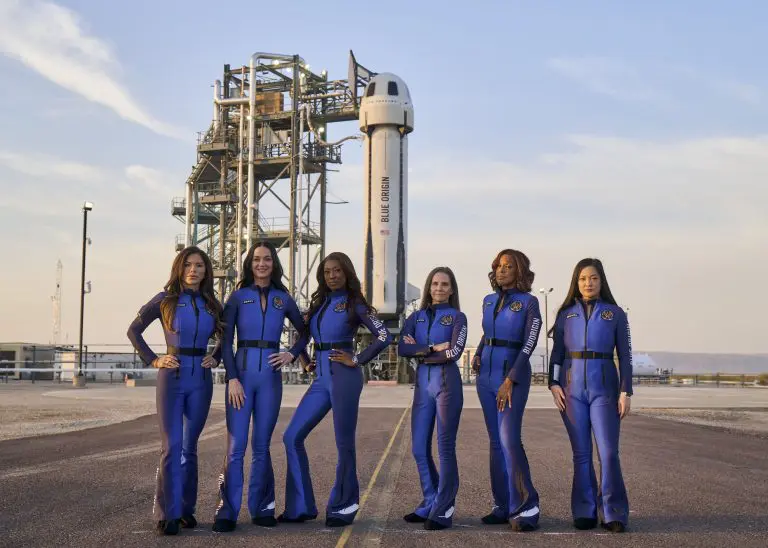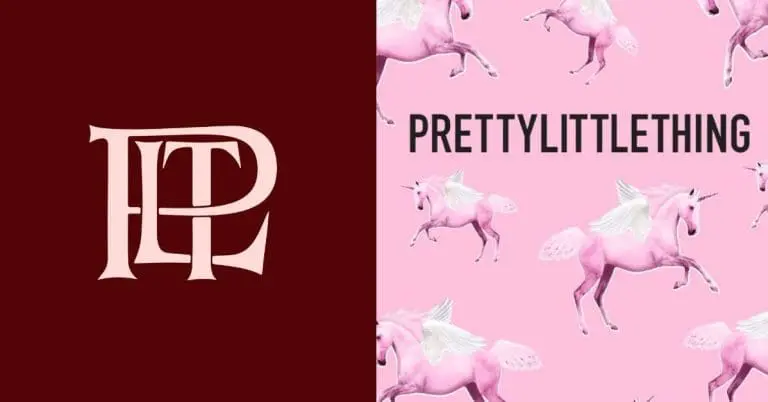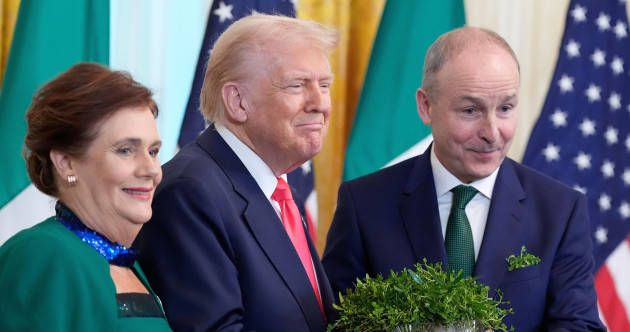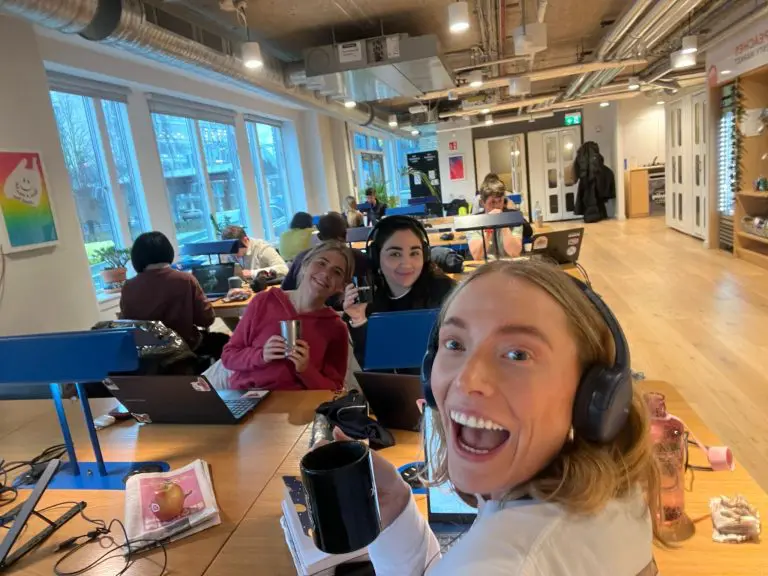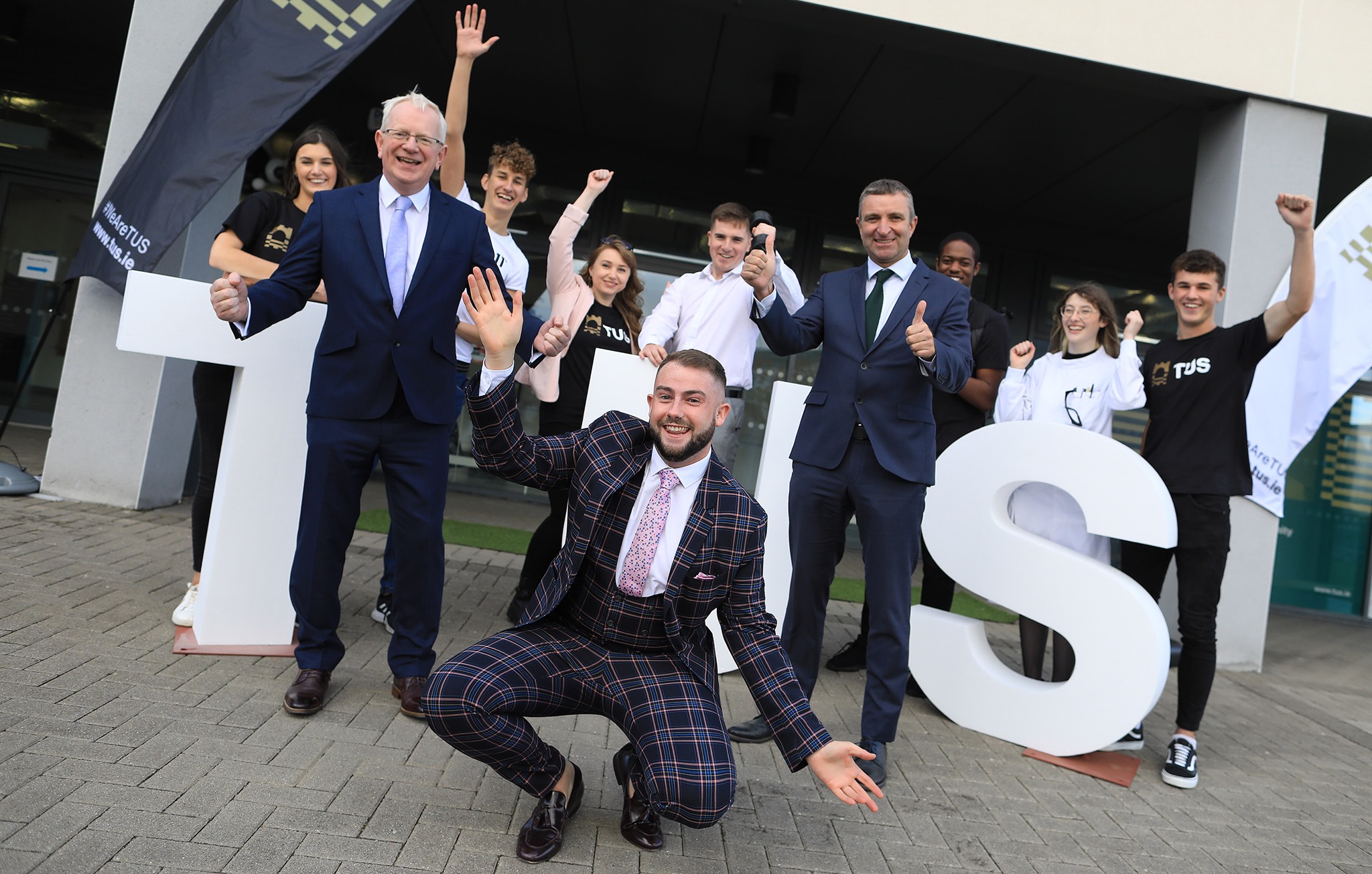A short tale about where things come from..
One of the things that Steve Jobs, boss of Apple asked us to do was to “Think Different“. As part of what I do as a designer, and as something that I bring to my role as the creative director at Fuzion and as an educator with CIT, I ask people to take this notion and to adapt it slightly to “See Different“.
Often, as designers, we are asked to create work that we know nothing about. To fashion “a design” almost from the air.
..but the truth is that we research our subjects and topics, referencing all sorts of things and cross referencing them with the topic over and back. Part of this research is now (thankfully) fuelled in a large part by the internet, and what we can make out is relevant to our clients and their products and services, important as part of the message and right for the work by means of imagery, fonts and colours.
 Some of what we look at is the historical aspect of things – what the heritage of something may be and if there is a point of reference that we can use as inspiration to take us to the next stage of the design process – this could be anything, from the beautiful work of the Beggarstaffs (from the mid to late 1800’s) to the work of the utterly influential Bauhaus and so on.
Some of what we look at is the historical aspect of things – what the heritage of something may be and if there is a point of reference that we can use as inspiration to take us to the next stage of the design process – this could be anything, from the beautiful work of the Beggarstaffs (from the mid to late 1800’s) to the work of the utterly influential Bauhaus and so on.
As part of the heritage aspect, something I have found myself becoming more aware of and absorbed in over the past few years are what are termed “Ghost Signs“. These often overlooked and ignored relics are of a time when design really didn’t have a name, when graphic artists were the sign makers, the advertising creatives and the commercial image makers.
The internet is awash with people finding what essentially are a popular history of design, applied to exterior walls, used as emerging spaces ripe for advertising and announcing. Many, if not most, of these have disappeared from our urban landscape as new architecture has been added, but some remain, and this is where part of the notion of “See Different” comes in…
Cork. my home city only has a few left, one from a highly rare form of ghost sign where the information was created by using mosaic tile, the others a mix of painted walls and surfaces, but they give us a snapshot into a bygone time and a bygone craft.
And to see these ghost signs, you need a few things – one of which is luck. The other, well in order to see differently, you need to simply start looking up!
The corners of junctions and gable-ends were a favourite location for these notices, as were the large brick surfaces high over commercial buildings, such as on Cork’s Washington Street (where there are only two left) were also a prime spot.
And frequently, they have almost disappeared due to age, abandonment, being covered over and left to the elements. And this is where you need to See Differently, to bring them back into view.
On a recent trip to London, on a journey across the south of the city’s suburbs – one I have taken dozens of times, I saw a number of them that I had never noticed before, offering funeral home services, soap, chocolate milk, beer and matches. All reminders that someone somewhere once needed “a designer“.
And what is it that makes them of interest to me?
I love the the typography, I am fascinated by the history of the people both offering their services on these signs, and the craft involved in the planning, the design and the execution of these large-scale works. Just as the early websites fall into a digital dust, these signs are clinging on to remind us that..
..not everything is made of pixels, and finally, that good design is design that lasts.
Check out an interesting website that captures these designs from the past: www.dublinghostsigns.com
Jonathan



